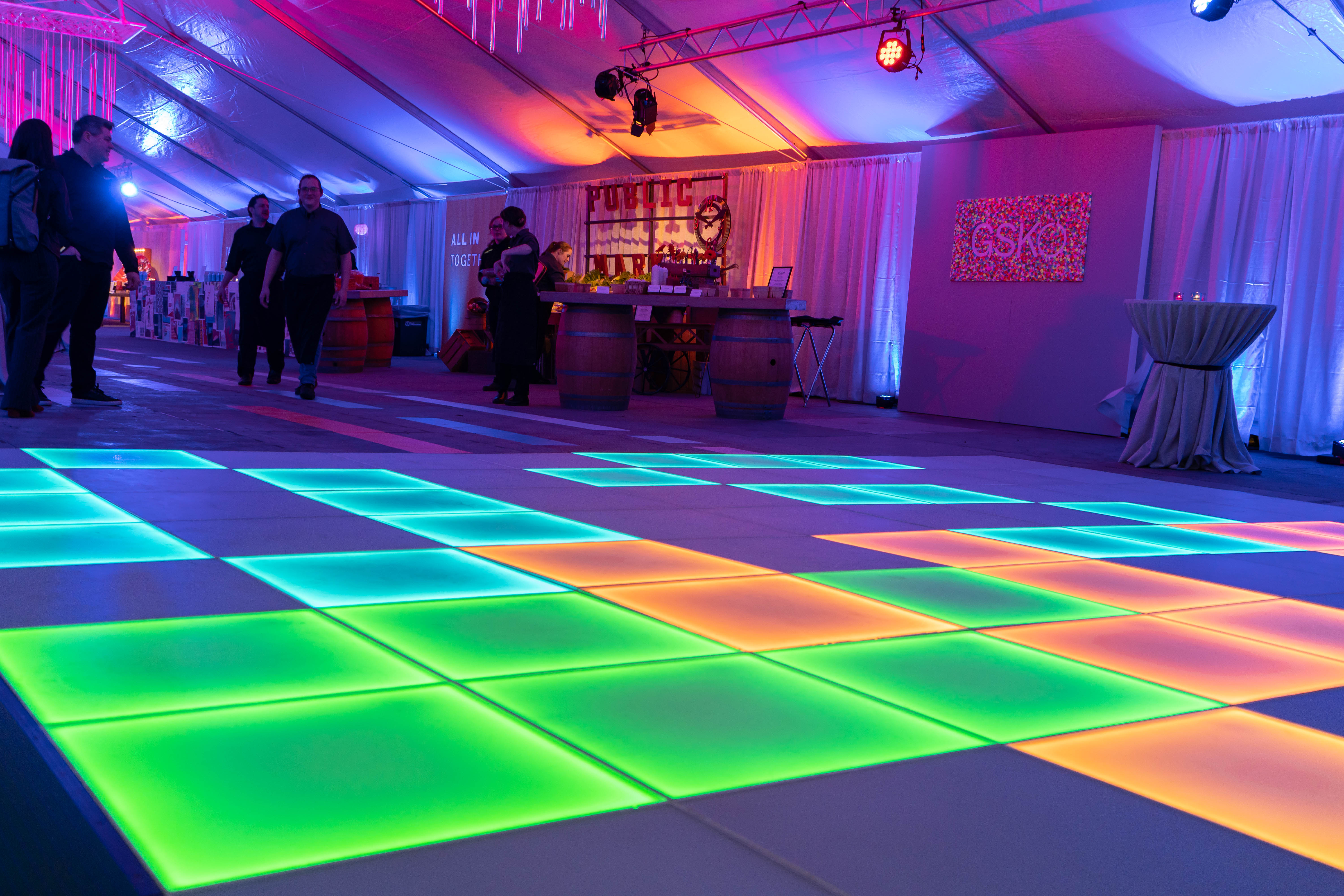Enhancing Ingenuity Through Shade Principles within Illuminated Dancing Platform Designs
Enhancing Ingenuity Through Shade Principles within Illuminated Dancing Platform Designs
Blog Article
Hue theory represents an crucial aspect of design, particularly when it relates to designing light-emitting diode dance surfaces. The interaction of colors can greatly influence the atmosphere and energy of a space. Through understanding how colors function together, creators can create an environment that enhances the total encounter for participants. This article examines the basics of color theory and its use in light-emitting diode dance surface designs.
The main colors are crimson, azure, and yellow. These colors cannot be made by mixing different hues combined. Secondary hues, such as emerald, tangerine, and violet, are created by mixing primary colors. Third-level hues are created by mixing a primary color with a intermediate hue. Grasping these basic relationships helps designers select hues that complement one another and produce a aesthetically pleasing show. Mixing these colors on an LED dance surface can result to vibrant and stimulating effects that capture the attention of participants.
Hue value also plays a crucial role in aesthetics. Colors can be categorized as warm or cool. Warm colors, such as red, tangerine, and golden, often to evoke feelings of enthusiasm and heat. In opposition, cool colors like blue, green, and violet typically generate a calm and soothing atmosphere. Creators can use these hue values to set the mood for different kinds of occasions. For example, a celebration atmosphere may benefit from hot colors that energize the audience, while a further relaxed event might employ chill colors to provide a calming influence.
In furthermore to color combinations and value, luminosity and saturation are vital elements to take into account. Brightness denotes to how light or dark a hue looks, while saturation measures the intensity of a hue. Vivid, intense colors can create a vibrant and lively atmosphere, perfect for dance floors. On the other hand, gentler, less intense hues can create a further muted atmosphere. By adjusting luminosity and saturation, creators can attract attention to particular sections of the dance floor webpage or create visual routes, leading dancers through the space.
Ultimately, it is essential to consider the emotional impacts of color in light-emitting diode dancing surface layouts. Different colors can elicit different emotions and responses. For instance, crimson is frequently associated with passion and vitality, while azure can be calming and peaceful. Understanding these connections enables designers to strategically use colors to affect the behavior of dancers. Through integrating try this website color theory into light-emitting diode dancing surface designs, creators can improve the total experience, making it unforgettable and pleasurable for all involved.